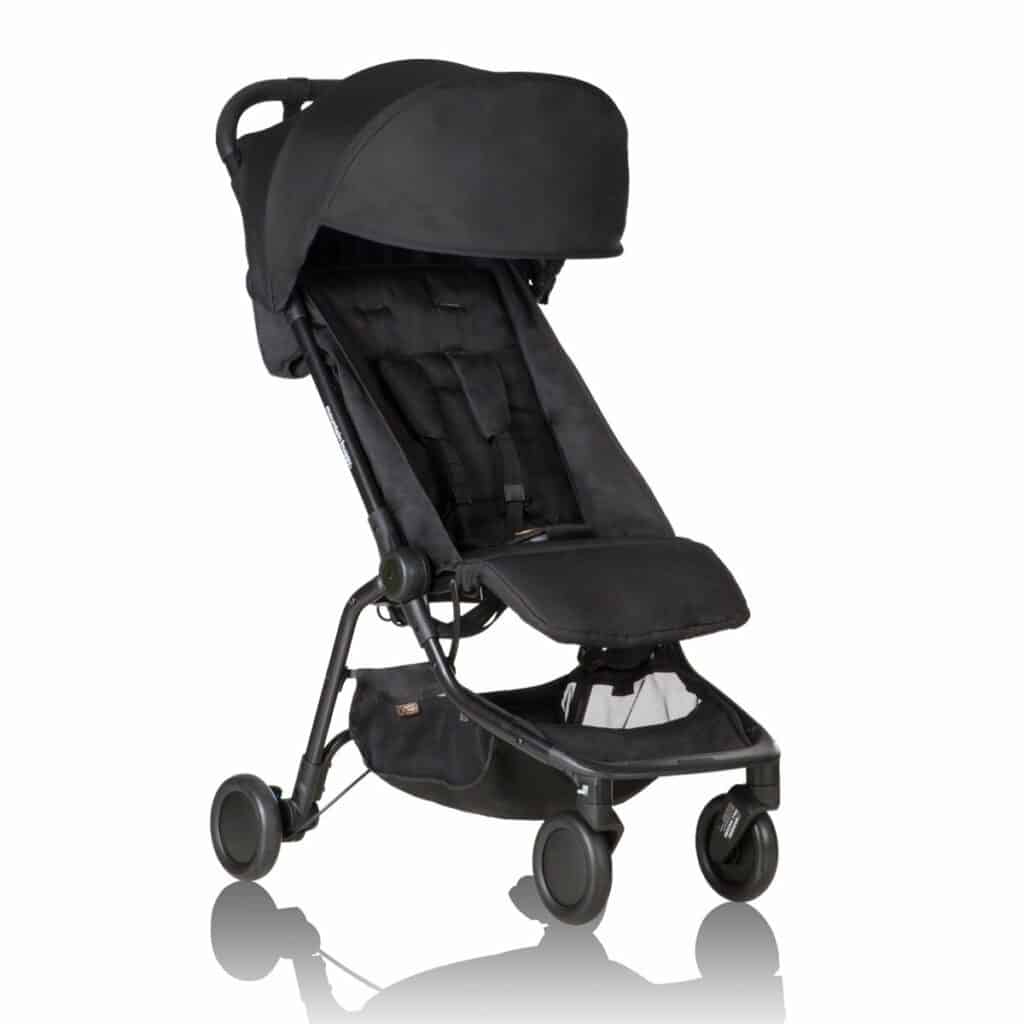
The Best Travel Stroller 2024
Best Travel Stroller 2024
Last Updated: . Best Travel Stroller 2024: We waded through 11 strollers pitched for travel—folding, unfolding, stuffing into travel bags—until we found the very best travel strollers. We pick the Mountain Buggy Nano (see below) as the Best Travel Stroller for North America.
Scroll down for our picks for Best Travel Stroller for International Trips and Best Travel Stroller Splurge. New to stroller shopping? Read our 7 Things No One Tells You About Buying a Stroller for advice and tips.
Strollers specifically designed for travel have taken off in years, thanks to parents’ desire to hit the road and new designs that fold up so compactly they can fit in an overhead airline bin.
In years past, most folks would rely on a cheap umbrella stroller, so named because they resemble an umbrella (long and skinny) when folded. The big problem: these strollers were routinely NOT allowed in overhead bins and thus became checked baggage or gate-checked. The result was often mangled strollers that were damaged or destroyed by malevolent baggage handlers.
The new era for travel strollers was kicked off by the 2015 launch of the GB Pockit, a 10.5 lb. stroller that folded into the shape of small suitcase. It was the amazing fold that turned the Pockit into a social media sensation:
Too bad the Pockit as a stroller was such disappointment—from the joke of a canopy to the awkward two-hand fold to the horrible handling, the Pockit worked better on Facebook than in real life.
On the plus side, the Pockit’s success at getting attention launched a travel stroller arms race, with several brands jumping into the “ultra-compact fold” category with better offerings. We count 11 travel stroller offerings today, with prices that range from $100 to $500.
Here are our recommendations of travel strollers.
The Best Travel Stroller: North America
The Best Travel Stroller: North America
The 13 lb. Mountain Buggy Nano is a dark horse in this category—especially since parent Mountain Buggy (part of the Phil & Ted’s stroller group) is better known for its beefy SUV-like strollers, such as the Urban Jungle.
The Nano, on the other hand, is a compact travel stroller that impressed us with its flexibility and overall quality . . . at a price that doesn’t break the bank.
The star here is the quick fold. And we mean quick.
Ok, the fold requires two hands—but it is much easier than other travel stroller we tested. When folded, this seat scrunches up to 21″ x 12″ x 20″.
At 13 lbs., the Nano is easy to carry from its crossbar when folded. The 5″ wheels and tight turning radius make it easy to steer in tight places. Overall, we liked the stroller’s handling and quality—note the little features like the brake that won’t mess up a pedicure.
The reclining seat on the Nano is good for napping older babies, but the company still recommends babies should be six months or older to use this stroller. Cool feature: an extendable footrest to make naps cozier.
One final big plus: the Mountain Buggy is car seat compatible—it’s universal adapter works with our top pick, the Chicco KeyFit 30. Competitors either have no car seat compatibility or they only work with pricey Maxi Cosi type seats (the Cybex Aton, etc). Even if you never use the car seat capability, the Nano can hold a baby/toddler up to 45 lbs.
Accessories like a rain shield and mesh cover for wind in a combo pack and a reversible liner for more padding or just a different look ($50) complete the Nano with extra travel flexibility.
Flaws but not deal breakers
The flip side of the small wheels is this—the Nano doesn’t perform as well on varied terrain. Sure, smooth sidewalks and grass are no problem. But note: there is only rear-wheel suspension, so that makes for a bumpy ride when you take the Nano anywhere else but relatively smooth surfaces.
There is very little storage in the Nano and the basket only holds 11 lbs. worth of stuff—so anything besides a small diaper bag would be too much.
The Nano’s smallish canopy comes in for a good amount of criticism. One reader noted it lacks a peek-a-boo window and the coverage it offers is minimal. Weirdly, when retracted, the canopy blocks the handlebar . . . so most folks use the canopy in the extended position, whether they need it or not.
Bottom line: Well, no stroller is perfect. Despite these imperfections, we recommend the Mountain Buggy Nano as the Best Travel Stroller for North America.
Best Travel Stroller Splurge
Best Travel Stroller Splurge
In the “if you have to ask, you can’t afford it” category of travel strollers, let’s spend just a moment on the BabyZen YOYO+. Yes, leave it up to the French to design the objet d’art that is this stroller, with its curved frame and multiple color packs to change the stroller to fit the current mood. We love the “white-wall tire” effect on the Oreo cookie wheels.
FYI: We did recommend the Babyzen YOYO+ in our round up of lightweight strollers here. But that review focuses more on everyday use than as a travel solution.
Leaving the style and price aside, the BabyZen YOYO+ is a rather impressive travel stroller—at least for travel that involves smooth sidewalks and paths.
At 13 lbs., it is about a pound LIGHTER than the Minu reviewed above. And it folds into the SMALLEST cube among the non-joke travel strollers (we are looking at you, GB Pockit)—20.8″ x 17.5″ x 11″. Yes, that is a length and width that is 3+” less than the Mountain Buggy Nano or UPPAbaby Minu.
And if you want to accessorize a travel stroller to your heart’s content, the YOYO+ doesn’t disappoint. Between the practical (newborn pack, car seat adapters and footmuffs) to the whimsical (parasols, anyone?), the YOYO+ morphs into all this:
So what’s not to like?
Where to begin?
Let’s start with HOW BabyZen sells this stroller on a la carte basis, which we find confusing. For example, Buy Buy Baby sells a frame BabyZen for $450. Then you have to buy a separate “color pack” which is the stroller seat and canopy for another $50. Oh, and you first must decide if you want a YOYO that can be used from birth (the “+” model) or one from six months and up. Start adding in accessories and that YOYO+ soars into the $700’s.
While BabyZen touts a one-hand fold, you first have to use two hands to fold down the canopy and seat. The wheels have to be oriented in a specific way too. It is clunky and awkward.
Fans of the YOYO+ say the fold is something you can master over time, but we prefer strollers with less steep learning curves.
Another flaw: while the wheels are stylish, we didn’t think the stroller handled as well on varied terrain as the Minu. This was probably because the small wheels in back don’t play nice on uneven surfaces compared to the Minu’s larger cousins. So the YOYO isn’t the right stroller for Europe’s cobblestone streets, in our opinion.
And why is the YOYO’s brake so pedicure un-friendly? That seems like an odd oversight for such an expensive stroller. And don’t get us started on the storage basket, which is hard to access and rather dinky. This might not bother you if you use YOYO+ around town, but for travel, you really need that basket.
So it’s a mixed review for the YOYO. We can see why the fans of this stroller love it so—and that’s why we will recommend it as a splurge. But its flaws and price put it behind our top picks, the Nano and Minu.
Why Trust Us
We’ve been rating and reviewing strollers since 1994. In addition to hands on inspections, we also visit manufacturer facilities and meet with safety regulators—and when we travel, we pay our all of our own expenses.
Much of our stroller advice and recommendations is based on our readers’ experiences—our stroller message board boasts 177,000+ posts! Of course, we also evaluate consumer reviews posted on sites like Amazon.
Here’s another key point: we don’t take money from the brands we review. No free samples, no sponsors, no “partnerships.” Baby Bargains is your independent and unbiased source for expert baby gear reviews. We’ve been writing and reviewing baby gear since 1994. Yes, that long!
How we picked a winner
Here’s how we came up with our stroller picks. First, we spend a good amount of time with hands-on inspections of strollers. We buy strollers at retail prices and also make trips to trade shows and manufacturer offices to see strollers first-hand. (We pay all our travel expenses, of course).
The weights you see on this web site are from our own measurements with a calibrated scale. We don’t take manufacturer specs as gospel.
Can we purchase every stroller on the market? No. That’s why we also gather significant reader feedback (our book, Baby Bargains has over 1 million copies in print), tracking strollers on quality and durability.
Besides interviewing parents, we also regularly talk with stroller retailers to see which brands are most trustworthy and other key quality metrics. The reliability of stroller companies is another key factor—we meet with key company executives at least once a year. We’ve been doing this since 1994, and we have developed detailed profiles of major strollers brands that help guide our recommendations. See below for links.
7 Things No One Tells You About Buying A Stroller
1. What’s your stroller lifestyle?
Before you fall you in love with a designer stroller, ask yourself HOW you will be using a stroller. Yes, you.
Think of strollers as tools—the wrong tool for a job isn’t going to help, no matter how shiny it is. It’s the same for strollers.
Because we all live in different environs and want to go varied places, the key to stroller happiness is to understand how different stroller options fit your lifestyle. Hence, the perfect stroller for hiking in Colorado isn’t the right one for a simple spin around the mall in Miami Beach.
Climate plays another factor—in the Northeast, strollers have to be winterized to handle the cold and snow. Meanwhile, in Southern California, full canopies are helpful for shading baby’s eyes from late afternoon sunshine.
2. The perfect stroller doesn’t exist.
Your stroller needs will change over time. Babies/toddlers use a stroller from birth to age four and sometimes beyond. The perfect stroller for a newborn isn’t necessarily great for a toddler—although some strollers make a valiant effort at bridging the years.
And what if you add a second child in the mix?
The take-home message: no one stroller can meet all these needs. Most parents end up with more than one stroller. Let’s review over the stroller landscape.
3. There are six types of strollers on the market…
We kid. Here are the six basic styles of strollers: umbrella/lightweight strollers, full-size strollers, multi-function strollers, jogging (or sport) strollers, all-terrain strollers and travel systems. Here’s a quick look see:
- Umbrella/lightweight strollers are generally under 20 lbs. in weight. Some feature two handles and a long, narrow fold (like an umbrella; hence the name!). Most umbrellas strollers are very cheap ($20 to $40), although some upper end manufacturers have spruced them up to sell for $100 to $300 (UPPAbaby and Peg Perego have “luxury” umbrella strollers). Premium lightweight strollers boast features like extendible canopies, storage baskets, and high quality wheels. Prices range from $150 to $300. Because seat recline can be limited, many umbrella/lightweight strollers are designed for kids six months old and older.
- Full-size strollers used to be called carriages or prams. These strollers are more like a bed on wheels with a seat that reclines to nearly flat and can be enclosed like a bassinet for newborns. All that stroller goodness comes at a price: hefty weight, as much as 30lbs. As a result, getting a full-size stroller in and out of the vehicle trunk can be a challenge. Entry level full-size strollers start at $200, but these can top $1000. In recent years, full-size strollers have fallen out of favor, replaced by . . .
- Multi-function strollers work from infant to toddler with either an infant car seat adapter or bassinet accessory for newborns. Some multi-functions are even expandable into a double stroller with a second seat attachment. Expect to pay $300 to $1000 for multi-function options (accessories like second seats are almost always an additional cost). This stroller type has increased in popularity in recent years, as parents increasingly have kids that are close in age.
- Jogging strollers feature air-filled, bicycle-style tires and lightweight frames perfect for jogging or brisk walks on rough roads. The best strollers for running have a fixed front wheel for stability. Jogging stroller with lightweight aluminum frames usually run $300 and up although there are some cheaper, steel framed options on the market too.
- All-terrain strollers are eclipsing jogging strollers for all but the most devoted runner. In fact, they often look like joggers but have a swivel front wheel. Big tires take to hiking trails better than typical stroller wheels, but these strollers are bulky and heavy. And expensive: they can run more than $400 for popular brands.
- Travel systems combine a stroller and infant car seat which snaps into the stroller. Typically sold at discount and big-box stores, travel systems are aimed at first-time parents and gift givers. Most feature basic infant car seats and full-size strollers at prices that range from $200 to $300. Travel systems have waned in popularity in recent years as more lightweight strollers have added infant car seat compatibility/adapters.
4. Beware these common stroller safety hazards.
Just because a stroller is on the shelves at the Baby Megastore doesn’t mean it is safe. Twelve thousand babies each year are injured by strollers, according to the most recent government safety data.
Here are our top safety tips:
- Never hang bags from the stroller handle. Yes, it is tempting to hang that diaper bag or purse off your stroller handles. The danger: your stroller can tip backwards—and even if your child is in the five-point harness, injuries can still happen. Solution: put that purse in your stroller’s storage basket. Or use a backpack diaper bag.
- Don’t leave your baby unattended while sleeping in a stroller. Newborns, infants and toddlers all move around when they’re sleeping. Injuries have occurred when babies creep down to the strap openings, so keep an eye on them. Or take a baby out of a stroller and put them in a full-size crib for naps.
- Don’t trust your brakes. The best stroller models have brakes on two wheels rather than one. But even if a stroller has the best brakes on the planet, never leave a stroller unattended on an incline with your baby inside.
- Follow the weight limits. Forty pounds is typically the maximum for most strollers.
- Jogging strollers are best for babies over one year of age. Pediatric experts tell us the neck muscles of infants under one year of age can’t take the bumps of jogging or walking on rough terrain.
- Fold and unfold your stroller away from your baby. The opening/closing mechanisms of a stroller can be a pinching hazard, so don’t open or close your stroller with baby nearby. Graco recalled over 5 million strollers in 2014 for just such hazards.
5. The secret to a smart stroller test drive: add weight.
Don’t test drive that stroller empty. Take a backpack and put in about 20 lbs. worth of books. Stick that in the stroller seat and you’ll see how that stroller actually steers/handles with a baby. And yes, practice folding and unfolding the stroller with the backpack in your arms!
6. What stroller features really matter . . . for babies.
The Dreaded Wall of Strollers—more than one parent-to-be has been reduced to tears staring at a baby store’s mind-boggling display of 37 stroller models. So let’s break down what’s REALLY important when stroller shopping for baby:
- Reclining seat. If you plan to use this stroller from birth, the seat must fully recline. That’s because babies can’t comfortably ride in a sitting position until around six months. And most newborns spend their time sleeping—seat recline is a necessity.
- Extended canopy. There are three types of stroller canopies: skimpy, extended and fully enclosing. Skimpy canopies only block the sun if it is directly overhead—great if you live at the equator. For everyone else, an extended canopy (also called extended sunshade) are better at blocking all sun angles. Baby Jogger’s canopies are a good example of extended canopies (see stroller at top of this page). The best canopies have multiple positions for flexibility. Fully enclosing canopies go a step further—they completely block out the sun from a stroller. These are great, but somewhat rare on the market. If you live in an area with active mosquitos, a bug net accessory is highly recommended. Here’s an example from Baby Jogger for their Select stroller:
- All wheel suspension. Stroller wheel suspension works like your car’s shock absorbers, smoothing out life’s little (and big) bumps.
7. What stroller features really matter . . . for parents.
- It’s all about the storage. Like napkins and toddlers, you can never have enough. We’re not just talking about the size of the storage basket (but that helps). It’s HOW you access the basket, especially if the seat is reclined. The best strollers add storage in areas you wouldn’t think—on the hood, the back of the seat, a storage compartment with lid in a parent console for your phone and so on.
- The right wheels. Going for a nature walk on a dirt trail? Air-filled 12″ rear tires are best. Navigating tight spaces at the Pikes Place Market in Seattle? Small 6″ wheels enable tight turns.
- Removable seat pad for washing. Crushed-in cookies, spilt juice and the usual grime can make a stroller a mobile dirt-fest. Some models have removable seat cushions that are machine washable—other models let you remove all the fabric for washing.
- Reversible seat. When baby is young, you can have your child face you. Then when your toddler wants to see the world, the seat flips around.
- The one-hand, flip flop friendly, standing fold. The fewer the steps and hands you need to fold a stroller, the better. The best models have one-hand folds that stand when collapsed. If your stroller has a foot brake or release, make sure you can do this in a flip flop—and the pedal doesn’t mess up a pedicure.
- Height adjustable handle. If you and your partner are two different statures, an adjustable handle is a must have.
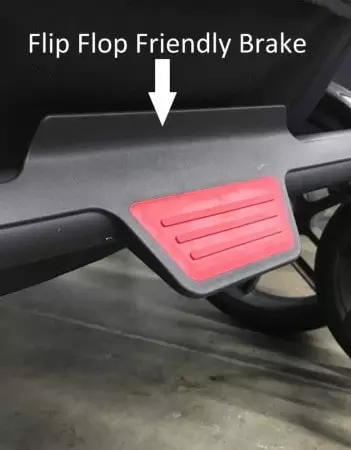
A flip-friendly brake allows you to set and release the brake with the same motion. No messing up the pedicure!
Eco-friendly stroller certifications
There are three international organizations that test and certify textiles to meet enviornmental standards: OEKO-TEX, Global Organic Textile Standard (GOTS) and IVN Naturextil. All three of these certifications are optional—there is no legal standard for organic, non-allergenic, chemical free textiles in the US. Many of the stroller brands that are certified are European, with only a few US brands certified. Here’s a bit about each of the three organizations.
- OEKO-TEX is a German organization that offers “Standard 100″ certification program for textiles at all steps in the manufacturing process. “Products marked with the label ‘Confidence in textiles (Standard 100)’ provide effective protection against allergenic substances, formaldehyde, heavy metals such as nickel or for example forbidden plasticizers (phthalates) in baby textiles,” according to OEKO-TEX’s web site.OEKO-TEX offers a second certification called Green by OEKO-TEX, which means the “materials (were) tested for harmful substances,” the product was “made in environmentally friendly facilities” and it was “made in safe and socially responsible workplaces.”
- GOTS (Global Organic Textile Standard) certifies textiles as organic. To meet their qualifications, “only textile products that contain a minimum of 70% organic fibres can become GOTS certified. All chemical inputs such as dyestuffs and auxiliaries used must meet certain environmental and toxicological criteria. The choice of accessories is limited in accordance with ecological aspects as well. A functional waste water treatment plant is mandatory for any wet-processing unit involved and all processors must comply with minimum social criteria.” Beyond using organic materials, companies must also be socially responsible to their workers and the community.
- Textile Exchange. Previously referred to as the Organic Exchange (OE) Standard, the international Textile Exchange certifies textiles according to their Organic Content Standard (OCS). They verify the steps in the supply chain to make certain the materials used in end products like diapers are sustainably sourced/grown, processed and manufactured.
There are only a few stroller manufacturers we can find with one of these international certifications. These companies typically sell strollers with fabric that is conventionally grown as well as organic, so you’ll need to check their web sites to see which models feature certified textiles:
Bumbleride (OEKO-TEX)
Orbit (OEKO-TEX). FYI: Orbit has discontinued all their strollers, but you may see them on eBay and second hand.
Nuna (OEKO-TEX)
Reviews of 50+ stroller brands
The Best Travel Stroller: North America

BabyBargains.com is a participant in the Amazon Services LLC Associates Program, an affiliate advertising program designed to provide a means for sites to earn advertising fees by advertising and linking to Amazon.com and its related sites. As an Amazon Associate, I earn from qualifying purchases.

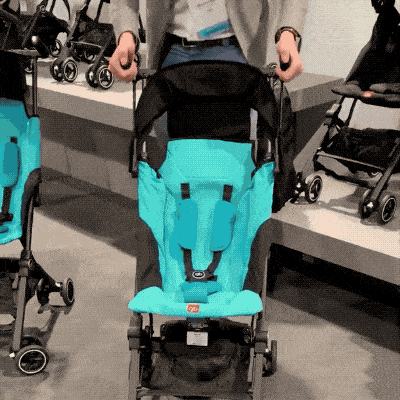
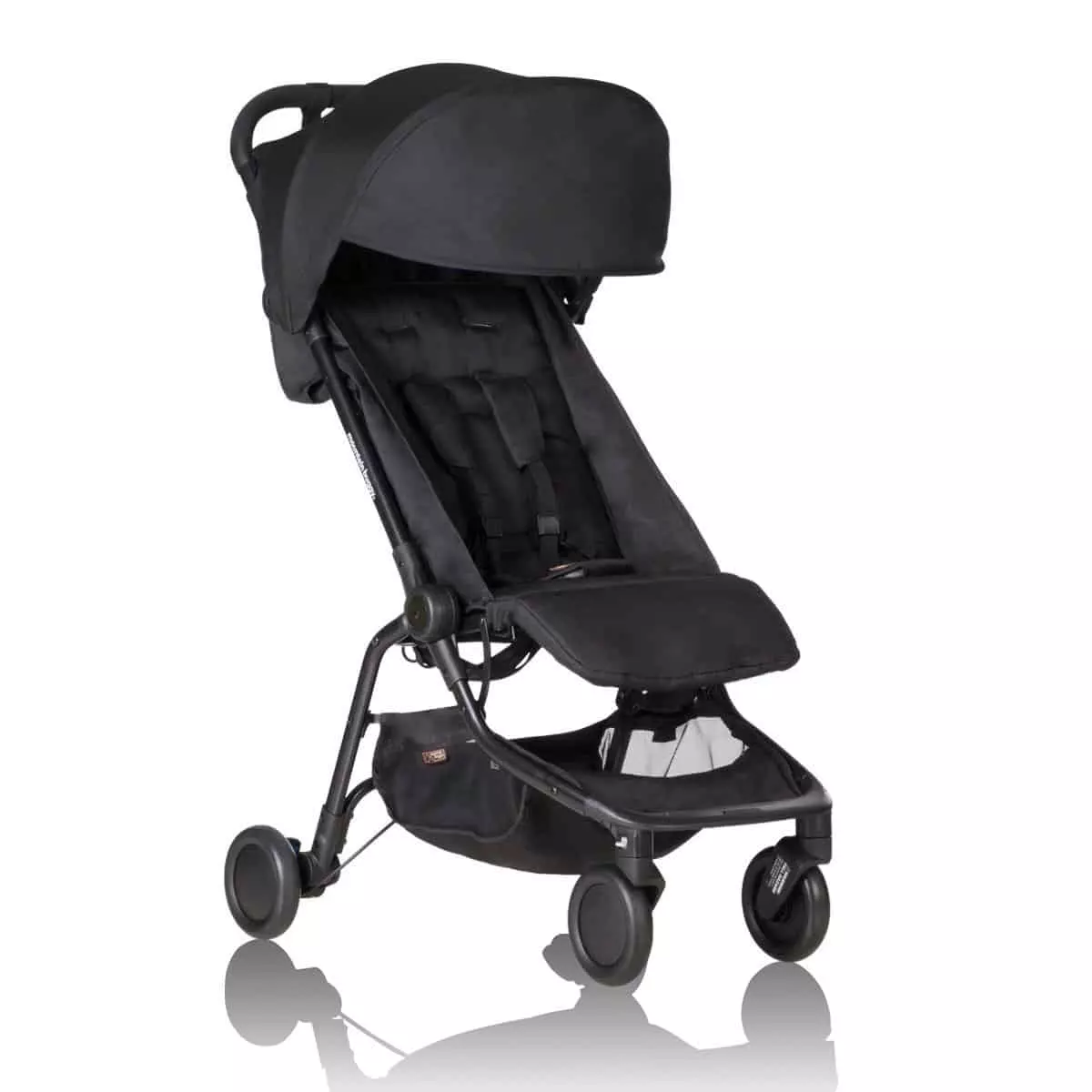
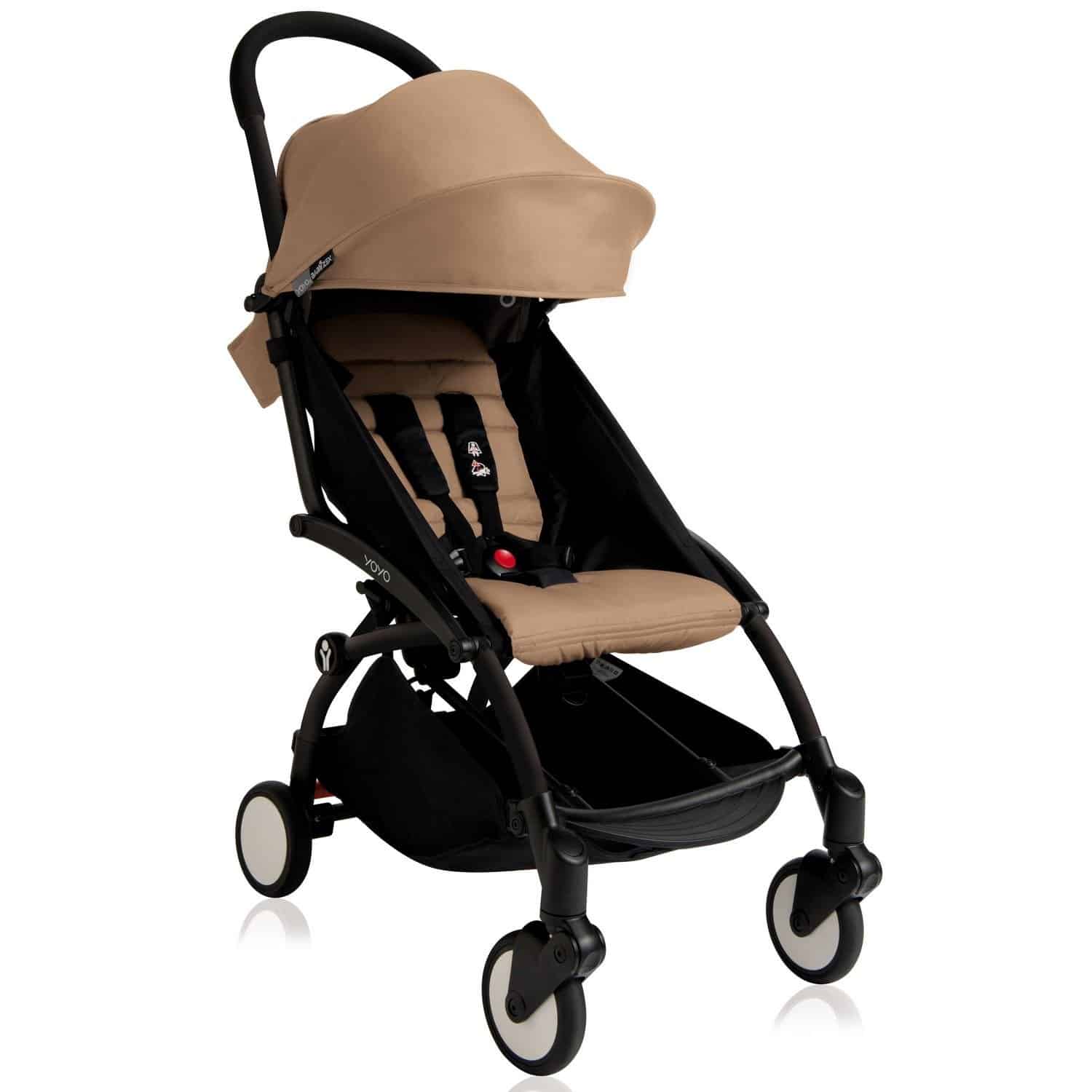

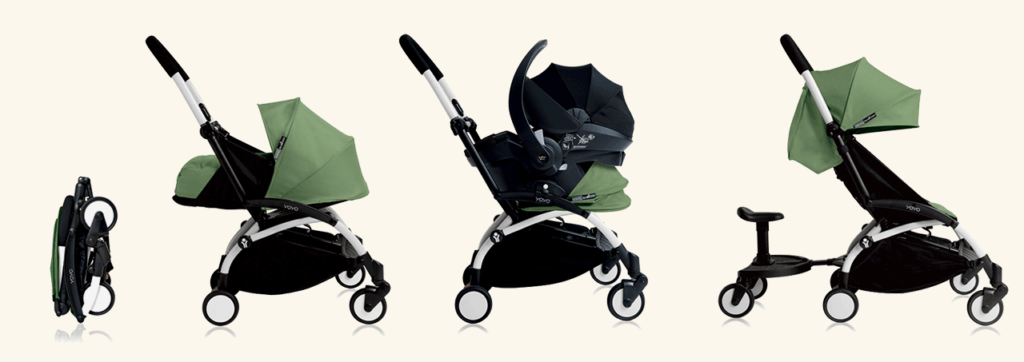

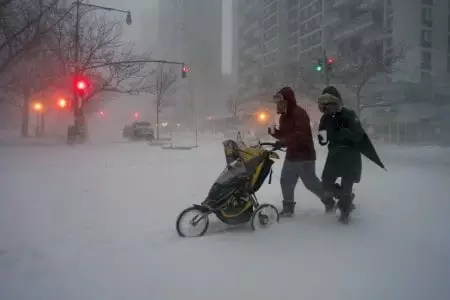
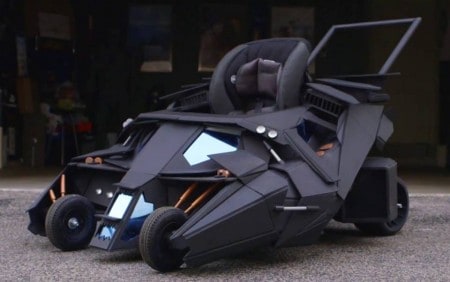
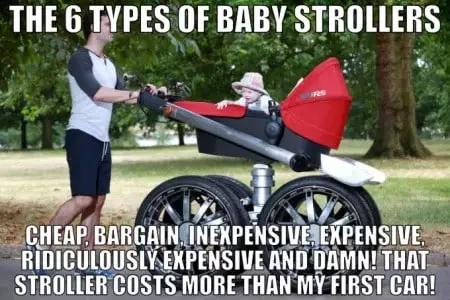

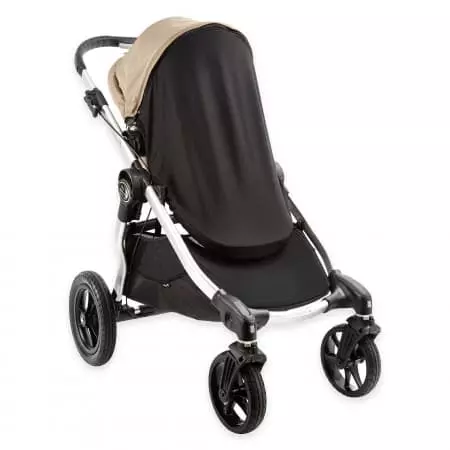
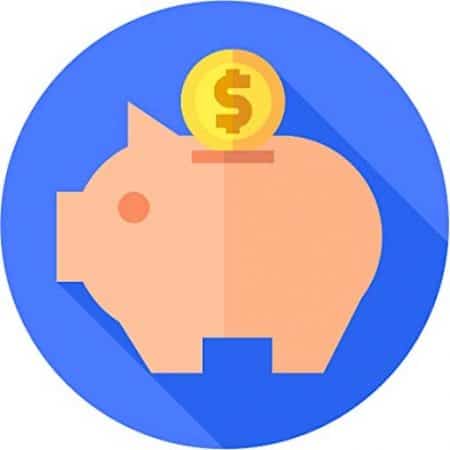 We obsess over gear for families and the home . . . so you don’t have to. Baby Bargains has one mission: help you find the best gear for your family with unbiased reviews by experts with 20 years of experience. At prices that don’t break the bank. When you purchase a product from links on this site, we make a small affiliate commission. Learn more
We obsess over gear for families and the home . . . so you don’t have to. Baby Bargains has one mission: help you find the best gear for your family with unbiased reviews by experts with 20 years of experience. At prices that don’t break the bank. When you purchase a product from links on this site, we make a small affiliate commission. Learn more 
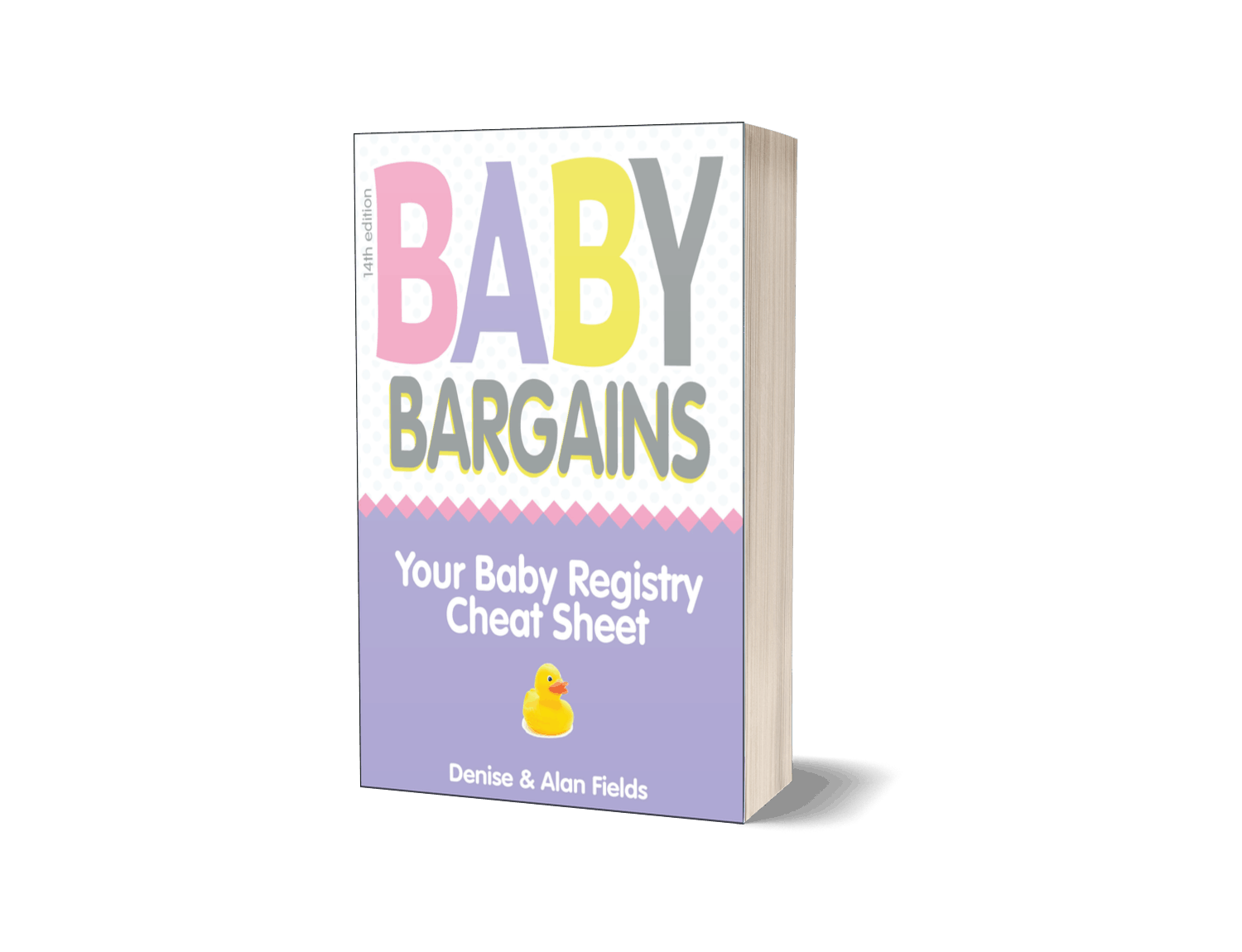
What about the newer models of the GB Pocket? How would you rate those? They seem to touch on much of the prior concerns
Good point! We will work to update this review with some of those new models included. If you get one, let us know what you think!